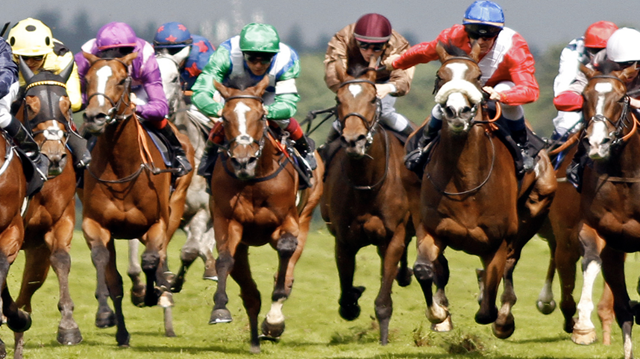
As sports fans, fashion watchers and socialites gear up for Royal Ascot next week, find out how it became the most prestigious of racecourses
Few sporting events can match Royal Ascot’s mix of sport, pageantry, tradition and fashion. Here’s how a monarch’s whim evolved into a national institution.
1711
While out near Windsor Castle, Queen Anne – a keen rider – spots an area of open heath that looks, in her words, “ideal for horses to gallop at full stretch”.Within a few short months the ground has been cleared, a racecourse marked, and the first race meeting at Ascot takes place in August.
These early races were more a feat of equine stamina than speed. Seven sturdy English hunters raced over three separate four-mile heats – it was very different to the sleek thoroughbreds and fast, flat racing we see at Ascot today.
The tradition of opening Royal Ascot with the Queen Anne Stakes is a nod to the first in a long line of royals behind the pageantry and tradition that are so much a part of the meeting today.
1768
George II’s third son, the Duke of Cumberland, instigates the first four-day meeting – a format that continued until 2002.1807
The Gold Cup, Ascot’s most prestigious race, is introduced. The meeting as we know it begins to take shape, with shorter races, larger crowds and the Gold Cup as the centrepiece of the third day, traditionally the busiest day of the week and colloquially – not officially – known as Ladies’ Day.It’s around this time that the roots of the traditional Royal Enclosure dress code emerge, as it’s decreed that men of elegance should wear waisted black coats and white cravats with pantaloons. Over the years, this has evolved into morning suits, with an equally formal dress code for ladies.
1822
King George IV, not content with the existing Royal Stand, commissions a two-storey stand with a surrounding lawn, with access by Royal invitation only. The Royal Enclosure is born.1825
The first formal Royal Procession takes place, where the ruling monarch (again George IV) and their family arrive at the beginning of each race day and follow the path of the racecourse in horse-drawn carriages as the Royal Standard is raised. This is still a defining image, highlighting the connection between royalty and the racecourse.1912
With the arrival of the motor car at Ascot comes the modern tradition of the picnic in the car park (formerly part of the heath). In the eighteenth and early nineteenth centuries, there are accounts of wealthy race-goers turning up with extra carriages for their champagne, wine and cigars and even now, you can spot butlers, candelabra and silver service at some of the more lavish picnics (Number One and Number Two Car Parks are the poshest).1953
The Queen has her first Royal Ascot success as Choir Boy wins the Royal Hunt Cup. Her horses wear the racing colours first introduced by King George IV as Prince Regent – a combination of purple body with gold braid, scarlet sleeves and black velvet cap with gold fringe.1966
Gertrude Schilling, later affectionately known as the Ascot Mascot, makes her first appearance at the meeting in a three-foot wide hat in black and white tulle. This is probably the point at which wearing extravagant outfits became a ‘thing’.Schilling’s hats became even more flamboyant, with other notable creations including a William Tell-style apple and arrow, and a giant dice. Ascot fashion is, of course, almost as great a spectator sport as the racing.

